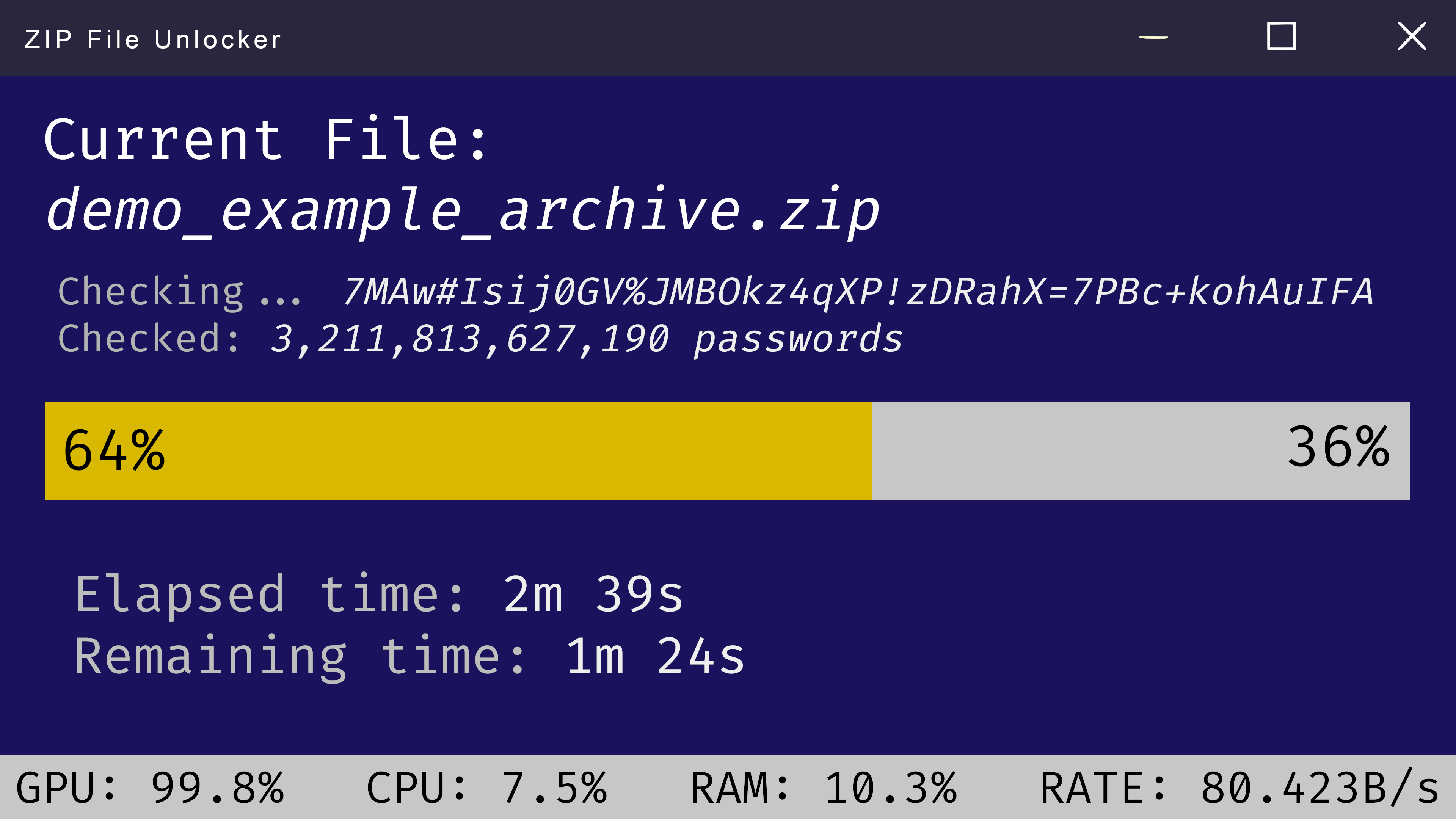Zip Password Recovery: How to Recover Your Lost Zip File Password
Forgetting a password can be incredibly frustrating, especially when it's protecting important files within a zipped archive. Whether it's a work document, cherished photos, or essential data, losing access to a zip file due to a forgotten password can be a major inconvenience. Fortunately, there are effective methods for zip password recovery, and this guide will walk you through the best techniques available.
Understanding Zip Files and Password Protection
Zip files are widely used for compressing multiple files into a single, smaller archive. This compression not only saves storage space but also simplifies file sharing. To enhance security, zip files offer password protection, encrypting the contents and restricting access to authorized users. While this feature is valuable for safeguarding sensitive information, forgetting the password can lead to data inaccessibility.
Zip Password Recovery Methods
Several methods exist for recovering lost zip passwords, each with its own strengths and weaknesses. The ideal approach depends on factors such as the password complexity and your technical expertise.
1. Brute-Force Attacks: Cracking the Code
Brute-force attacks involve systematically trying every possible password combination until the correct one is found. While potentially effective, this method can be time-consuming, especially for complex passwords.
Tools:
- John the Ripper: A powerful open-source password cracker.
- Hashcat: Another popular option known for its speed.
Considerations:
- Time-intensive for strong passwords.
- Requires specialized software and potentially technical knowledge.
2. Dictionary Attacks: Utilizing Common Passwords
Dictionary attacks leverage lists of common words, phrases, and password variations to guess the correct password. This method is more efficient than brute-force attacks if the password is relatively simple or based on a common pattern.
Tools:
- Cain & Abel: A versatile password recovery toolkit.
- Hydra: A network security tool that can also perform dictionary attacks.
Considerations:
- Effectiveness depends on the password's complexity.
- Requires access to comprehensive wordlists.
3. Password Recovery Software: User-Friendly Solutions
Specialized zip password recovery software simplifies the process by automating password cracking techniques. These user-friendly tools often offer a range of attack methods, including brute-force, dictionary, and hybrid approaches.
Popular Options:
- Zip Password Recovery Pro: Known for its intuitive interface and recovery speed.
- PassFab ZIP Password Recovery: Offers a free trial and supports various encryption algorithms.
- Elcomsoft Advanced Archive Password Recovery: A professional-grade tool with advanced features.
Considerations:
- Some software options may require a purchase.
- Effectiveness varies depending on the tool and password complexity.
Tips for Successful Zip Password Recovery
- Gather Information: Try to recall any details about the password, such as its length, character types, or common patterns.
- Start with Easier Methods: Begin with dictionary attacks or password recovery software before resorting to time-intensive brute-force approaches.
- Be Patient: Password recovery can take time, especially for complex passwords.
Preventing Future Password Loss
- Use Strong Passwords: Create passwords that are at least 12 characters long, include a mix of uppercase and lowercase letters, numbers, and symbols.
- Enable Password Hints: Configure password hints or use password managers to securely store your credentials.
- Backup Important Files: Regularly back up your data to prevent permanent loss in case of password issues.
Conclusion
Losing access to important files due to a forgotten zip password can be stressful, but with the right tools and techniques, recovery is often possible. By understanding the different methods available and following the tips outlined in this guide, you can increase your chances of successfully regaining access to your valuable data. Remember to prioritize password security to prevent future incidents and protect your sensitive information.


 Windows
Windows MacOS
MacOS Linux
Linux